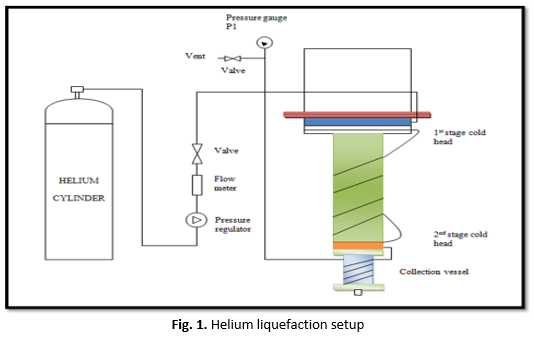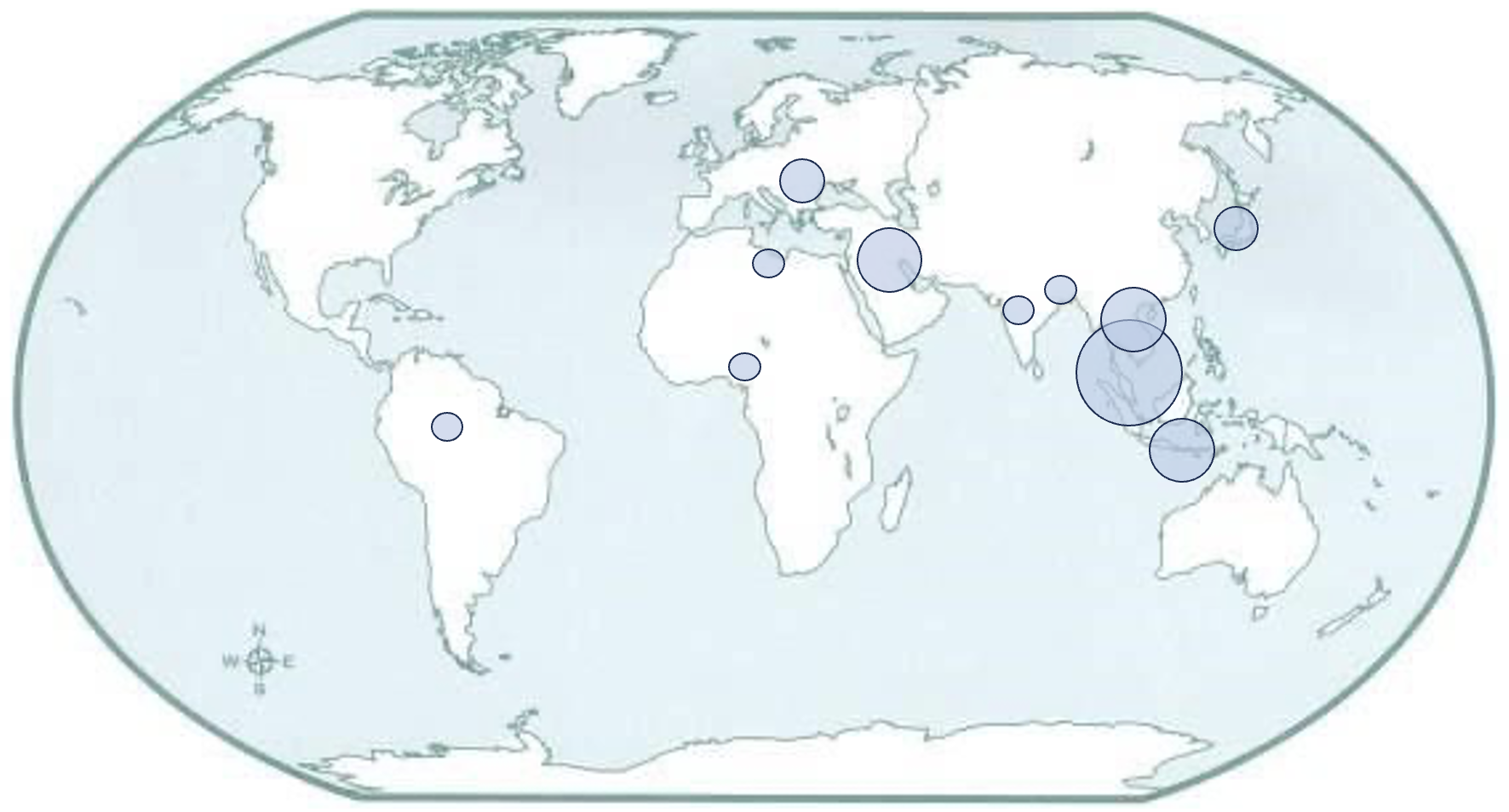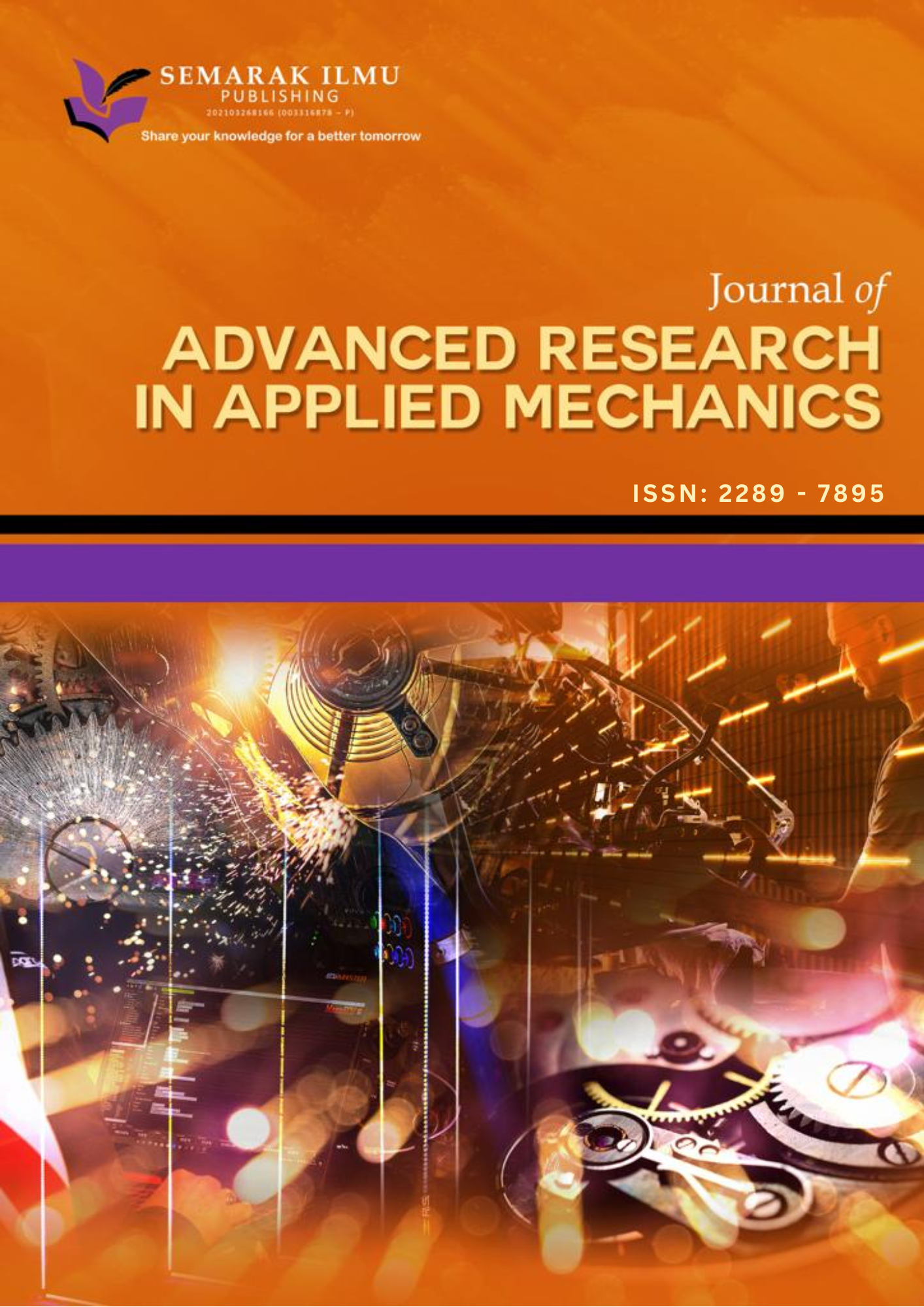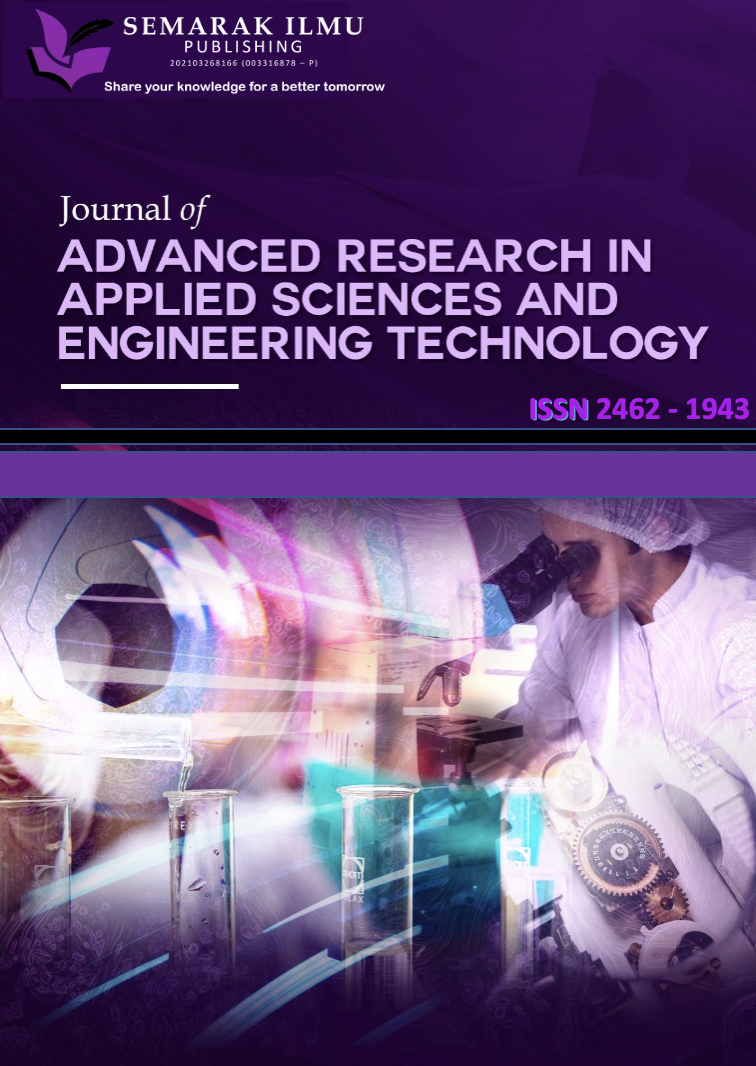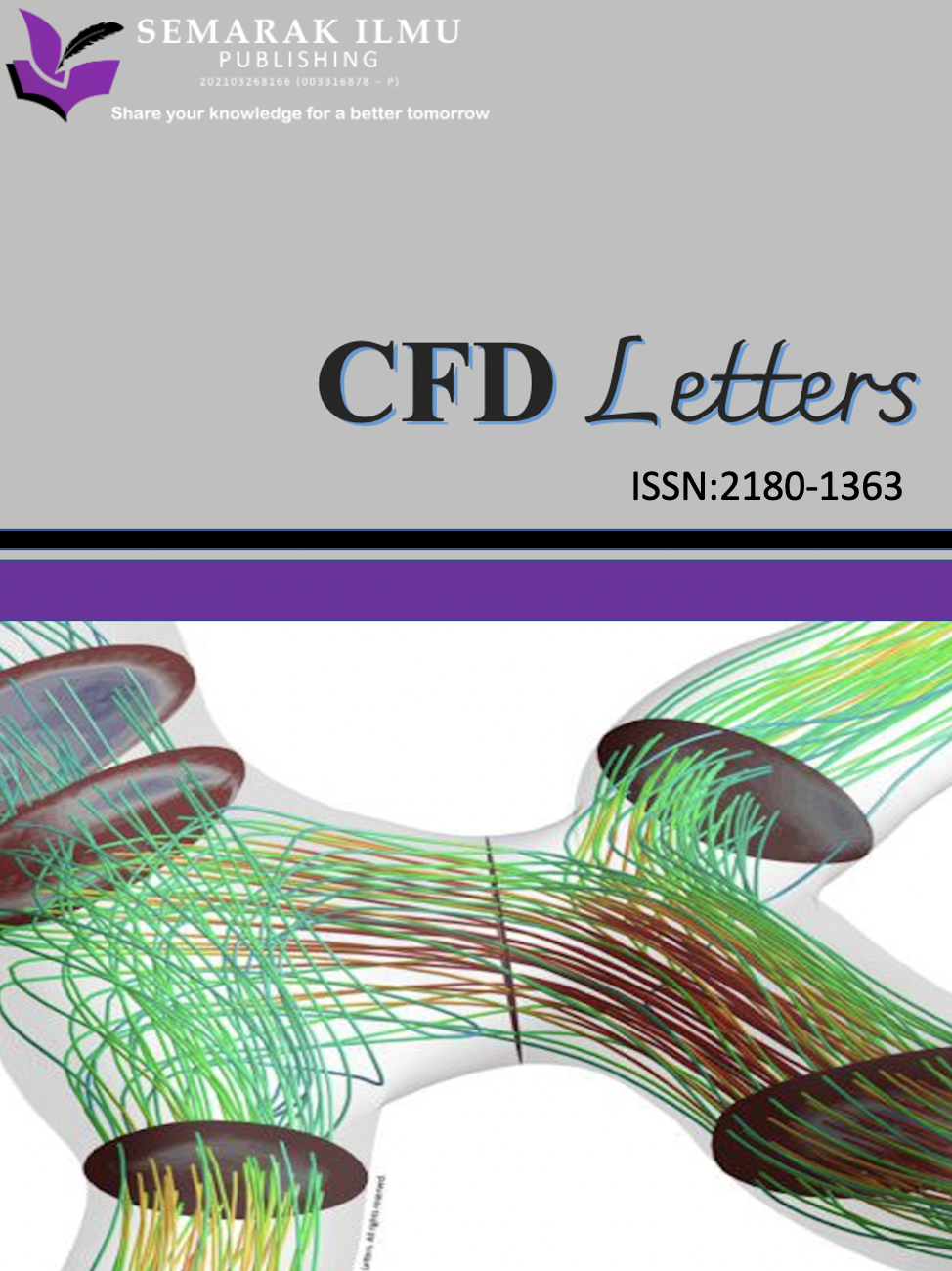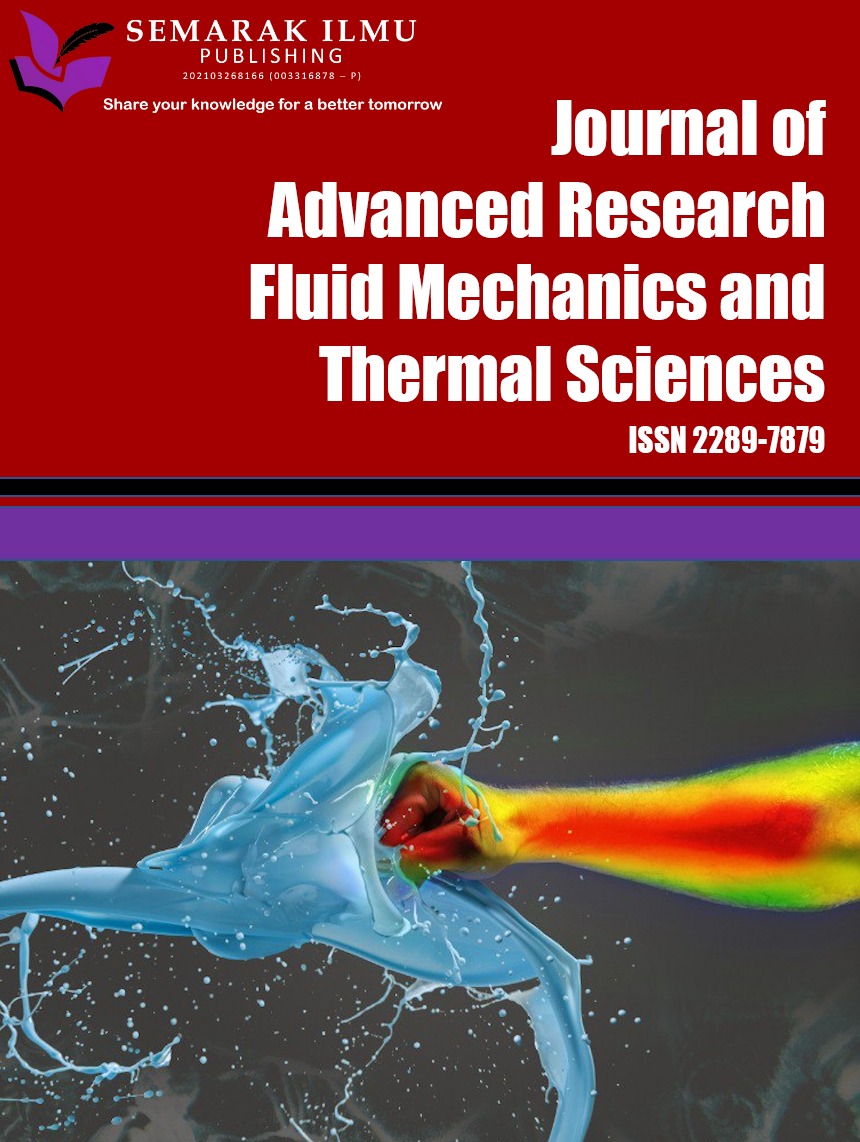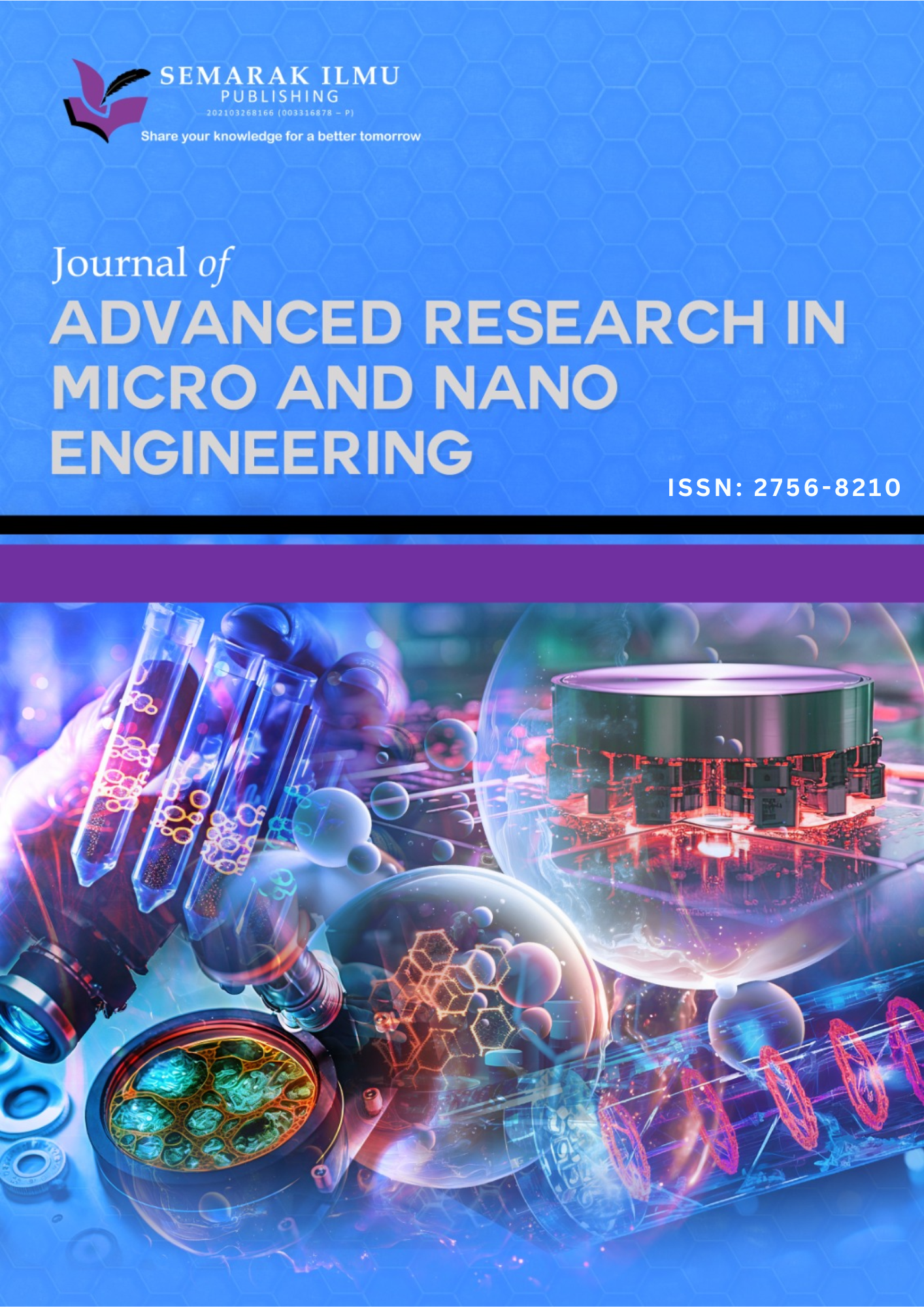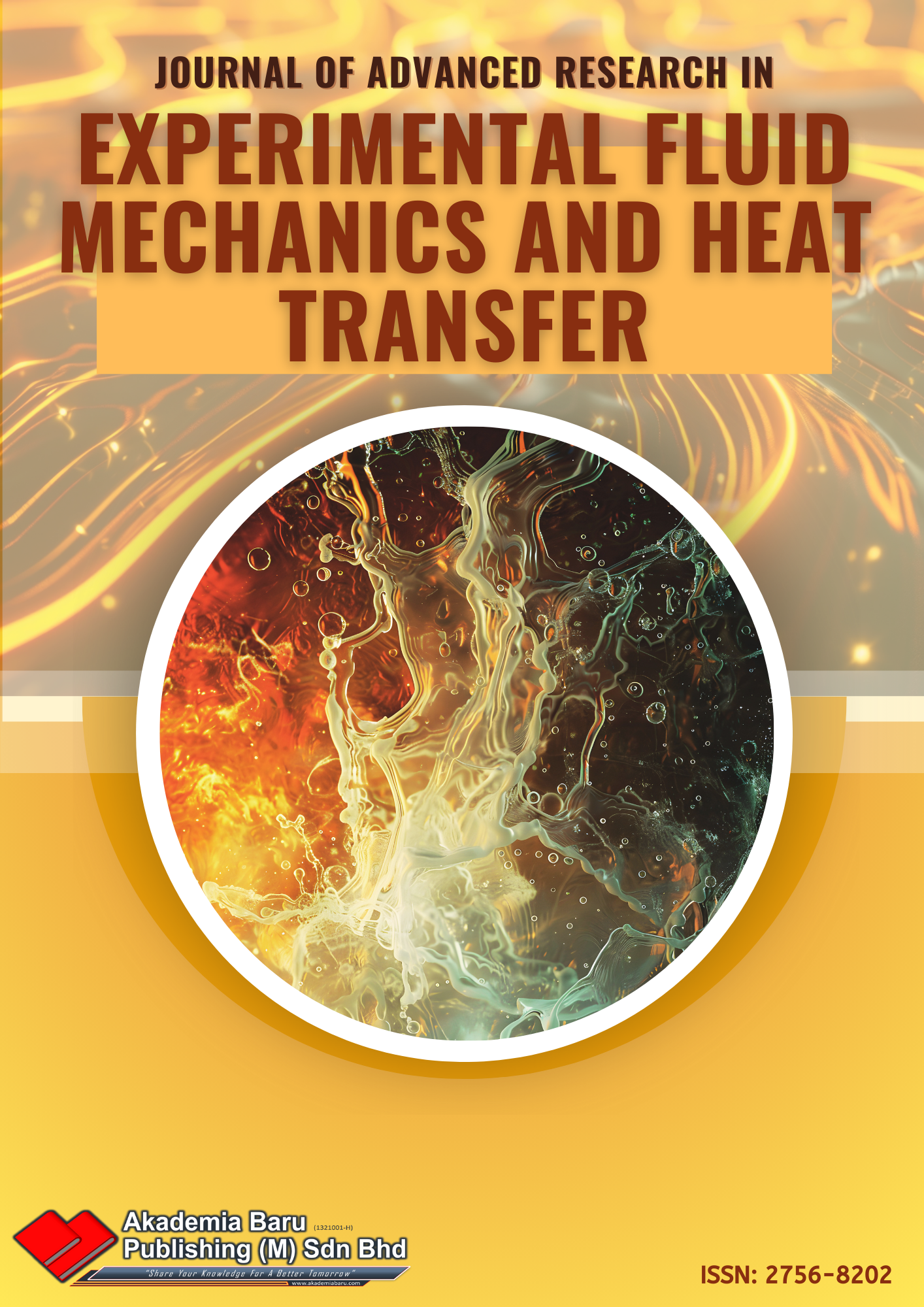Experimental Study and Thermal Examination of a Practicable Helium Liquefaction Prearrangement using a Pervasive Gifford-McMahon Cryocooler
DOI:
https://doi.org/10.37934/arefmht.21.1.1022Keywords:
Recondensation, liquefaction, heat exchanger, cryocooler, cooling powerAbstract
Liquid helium has been attained by cooling helium gas to 4 K or -2690C. Many laboratories around the globe compel liquid helium as a working medium for low temperature investigation. In current scenario, liquid helium generating systems are exclusive and momentously compatible. Helium recondensation or liquefaction system is the unsurpassed platform to liquefy or to condense the helium in many applications viz., Nuclear Magnetic Resonance (NMR), Magnetic Resonance Imaging (MRI) and Superconducting Quantum Interference Devices (SQUIDS). These applications make use of liquid helium as refrigerator. In this research, the experimental investigation of a small-scale liquefaction system for helium gas using two-stage GM cryocooler has been carried out. The experimentation using 100 cm3 yielded a result of, initial collection of liquid in upright liquefaction system takes about 335 minutes and subsequent collection of liquid helium (batch liquefaction) takes place with the time interval of nearly 45 minutes at a pressure of approximate 1bar. In case of inverted system, the initial collection of liquid helium takes about 170 minutes and subsequent collection of liquid (batch liquefaction) takes place with the time interval of nearly 30 minutes at a pressure of approximate 1 bar. From the above result, it has been concluded that the liquefaction rate is a function of pressure exists inside collection vessel and the orientation in which it is operating. The study meticulously reviews the design, setup and experimentation stages, highlighting the thermal performance and efficiency of the cryocooler, with key insights into the cooling capacity, setup parameters and thermal measurements.
Downloads
